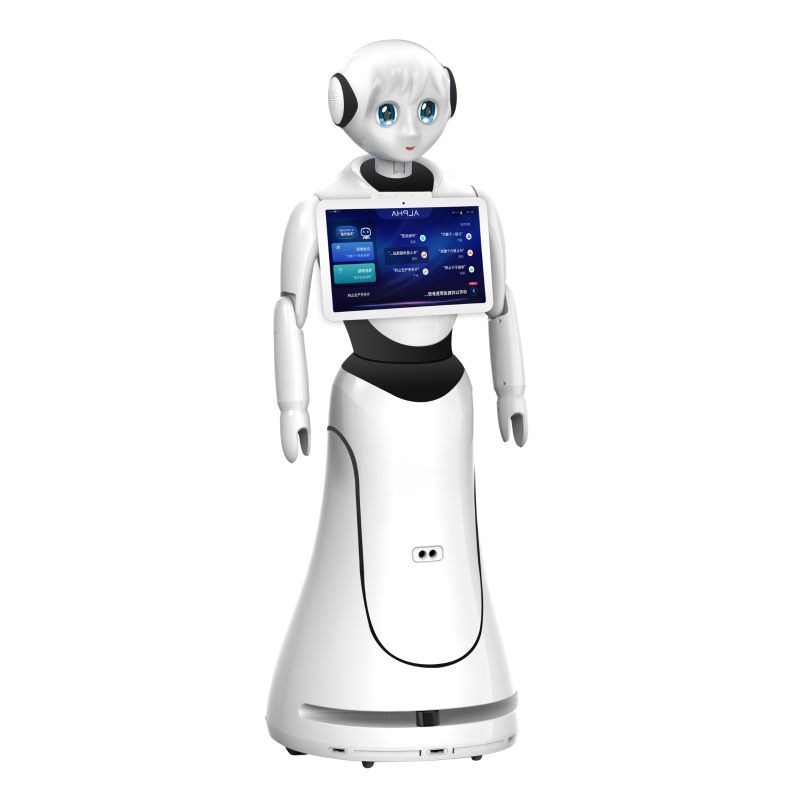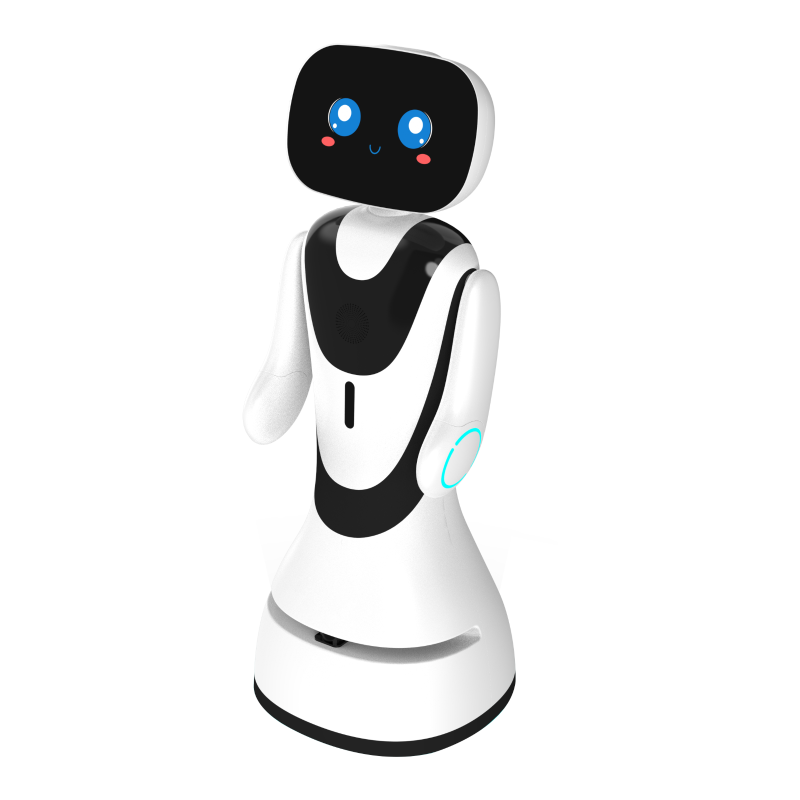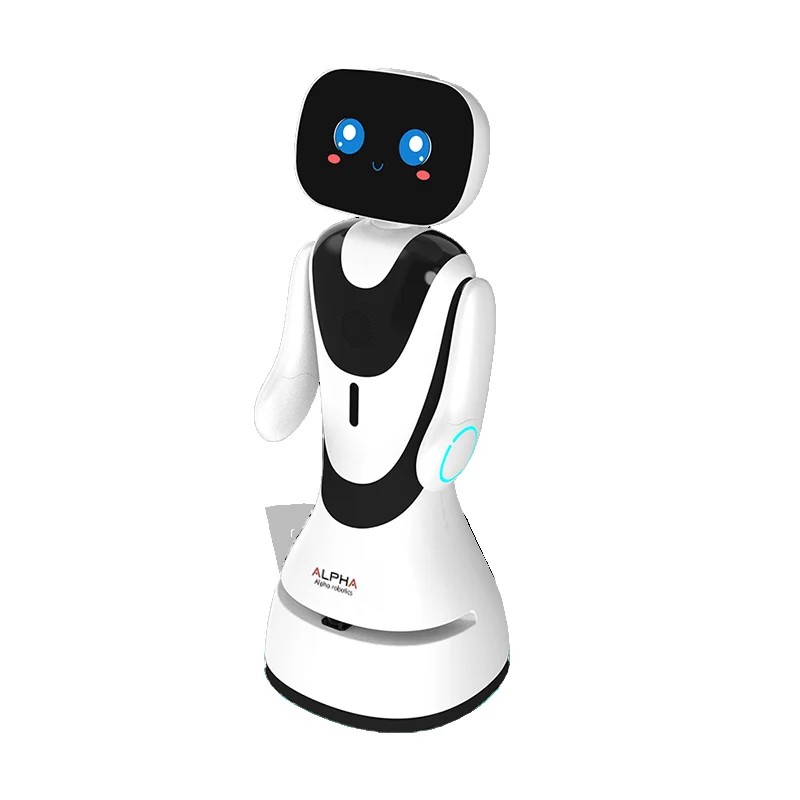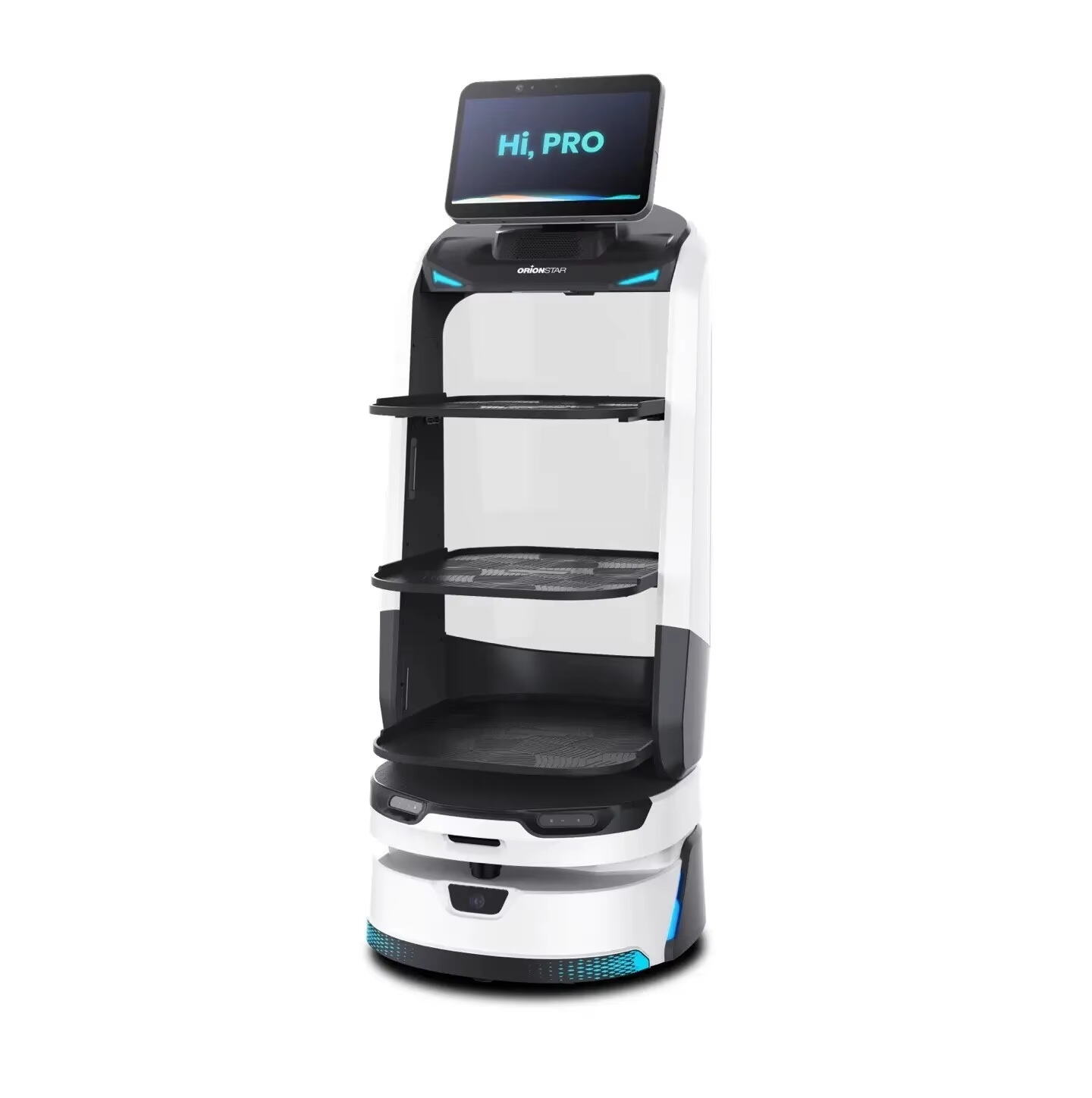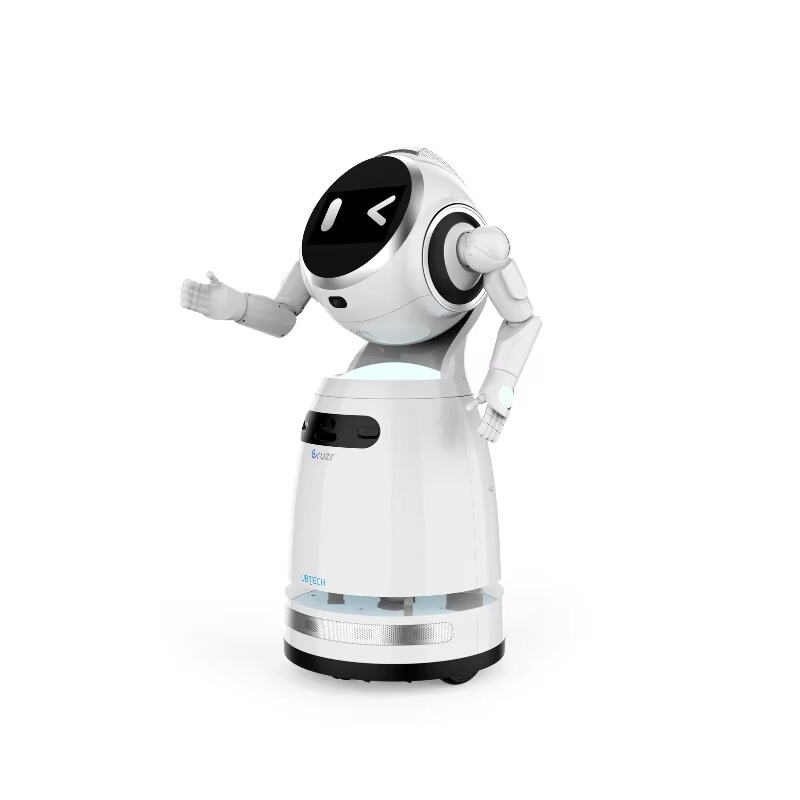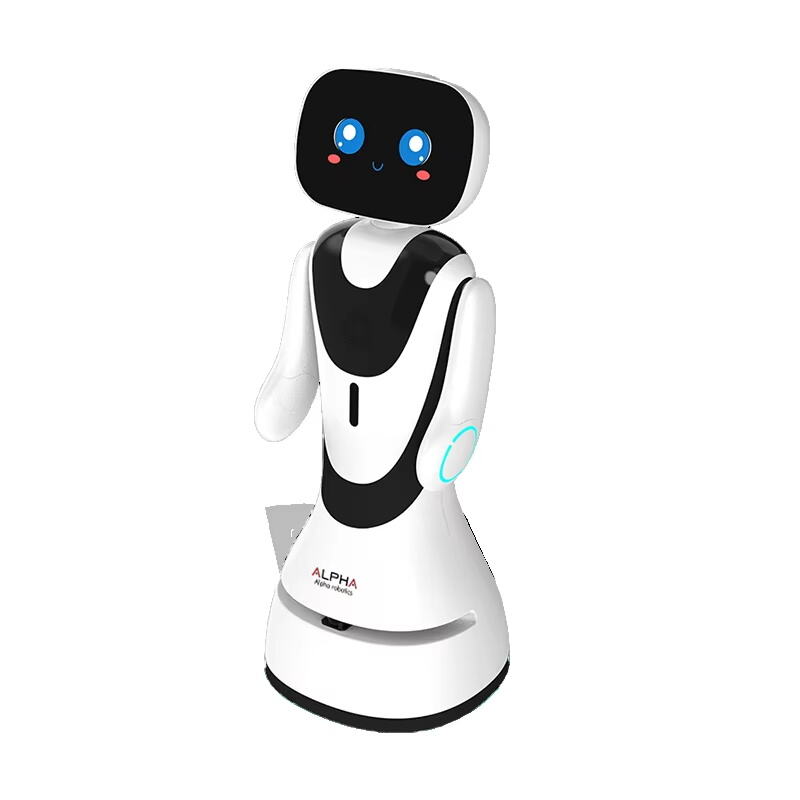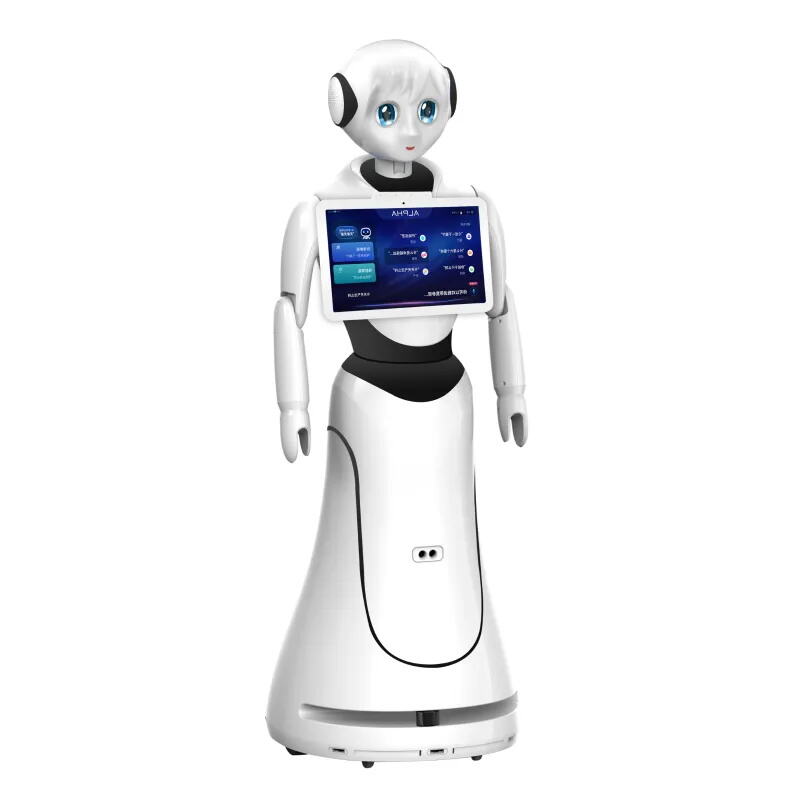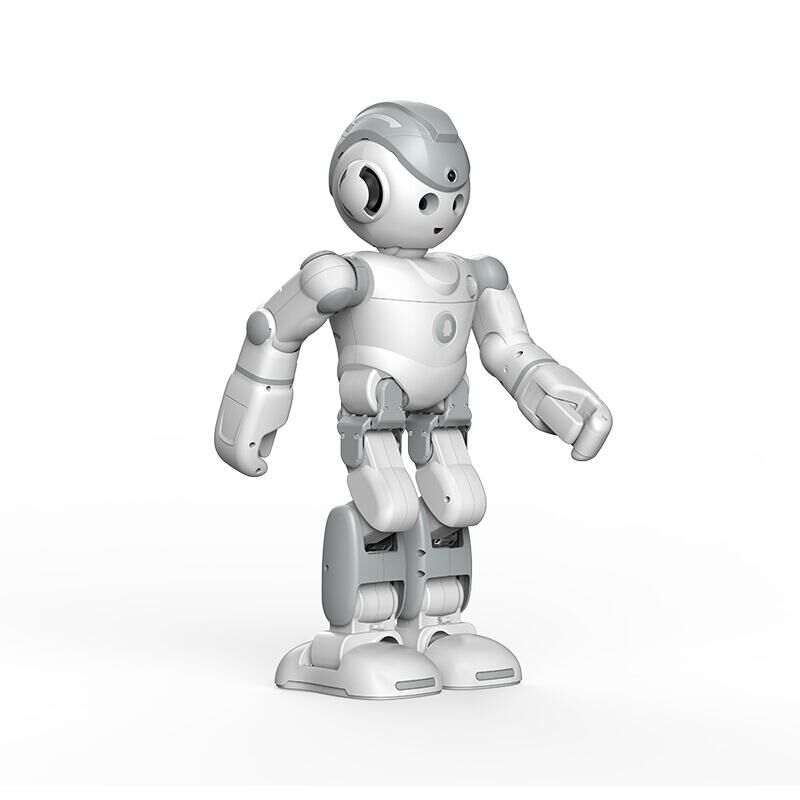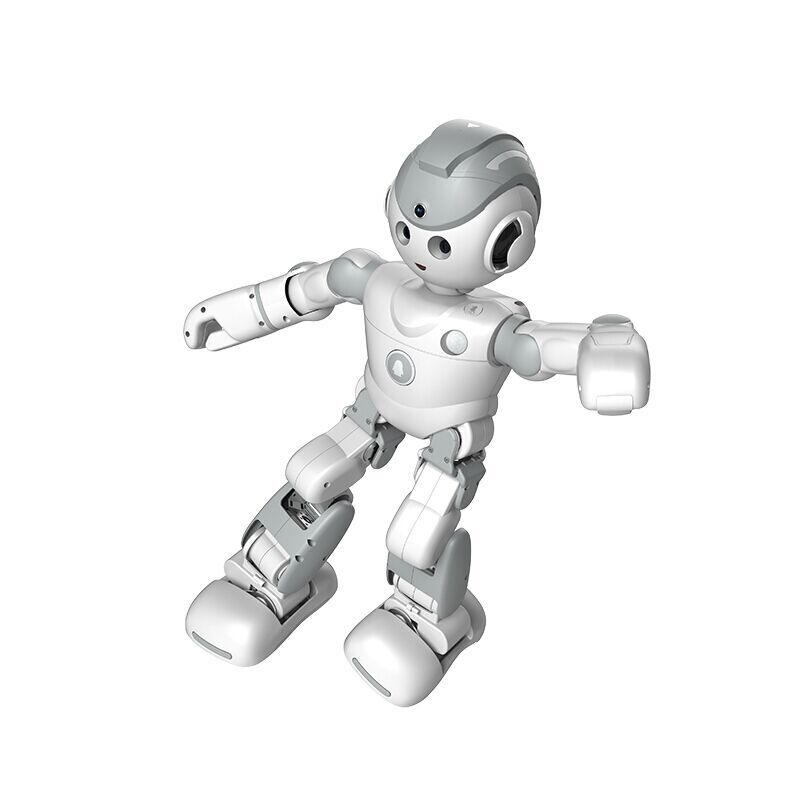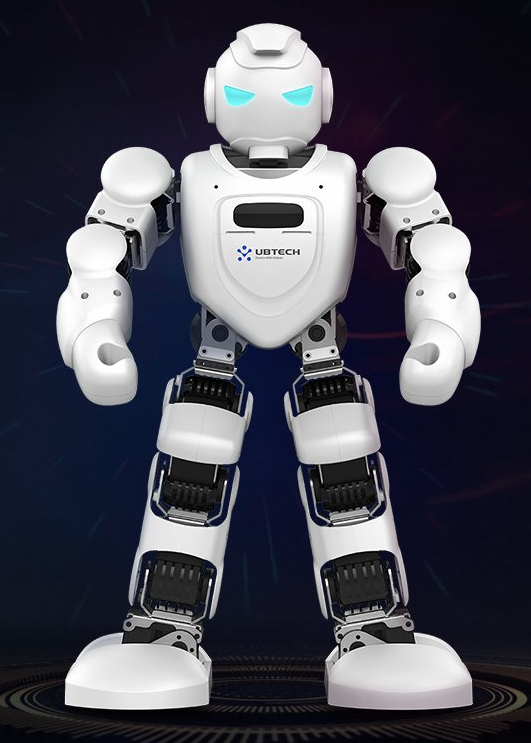difference between welcome robots
Welcome robots represent a significant advancement in hospitality and customer service technology, with distinct variations designed to serve different purposes and environments. These robots can be broadly categorized into stationary and mobile welcome robots, each offering unique capabilities and features. Stationary welcome robots typically remain in fixed locations such as building entrances or information desks, equipped with advanced voice recognition systems and interactive touchscreens. They excel at providing information, directions, and basic assistance to visitors. Mobile welcome robots, on the other hand, can navigate autonomously throughout facilities, utilizing sophisticated sensors and mapping technologies to interact with guests in different locations. They often feature advanced AI capabilities that enable natural language processing and adaptive learning from interactions. The technological features vary significantly between models, from basic programmable responses to complex emotional recognition systems that can gauge visitor reactions and adjust their interaction style accordingly. These robots are commonly deployed in hotels, airports, shopping centers, and corporate buildings, where they serve as the first point of contact for visitors. The primary distinction lies in their mobility, interaction capabilities, and level of autonomy, with some models focusing on simple greeting and information dispensing while others offer more complex services such as personalized assistance and language translation.

